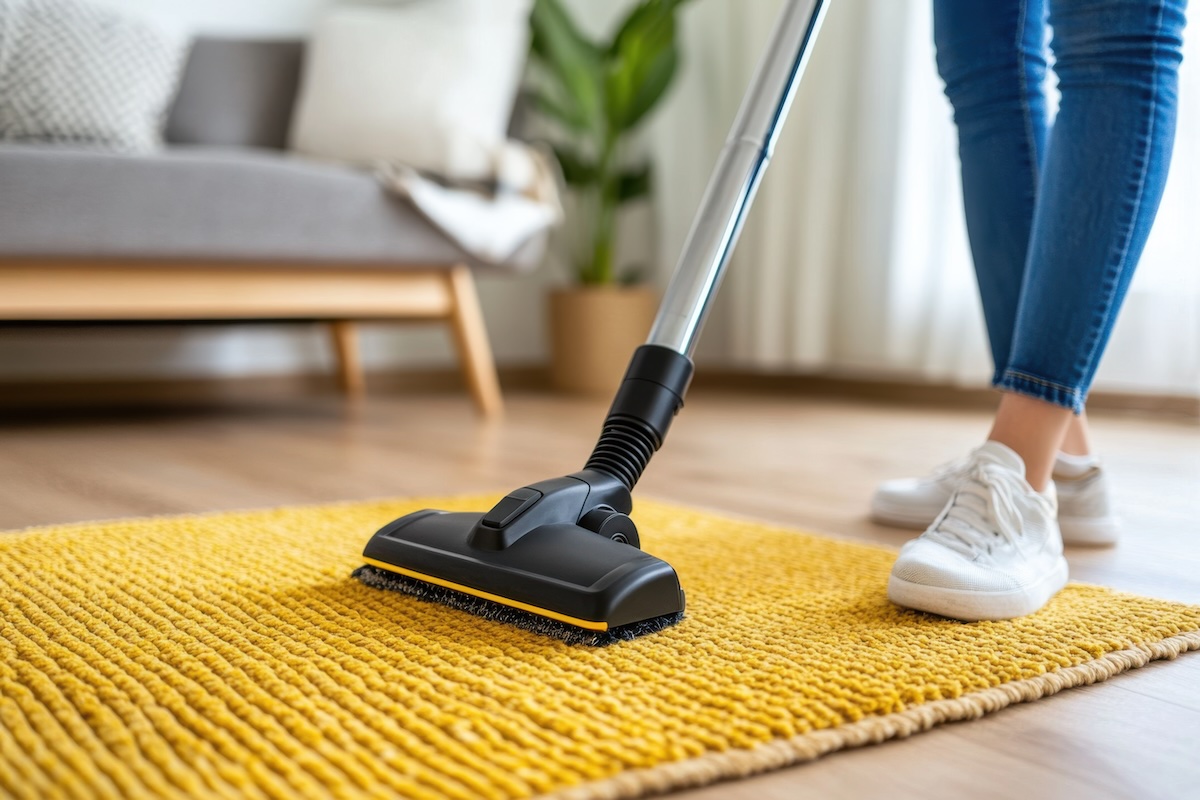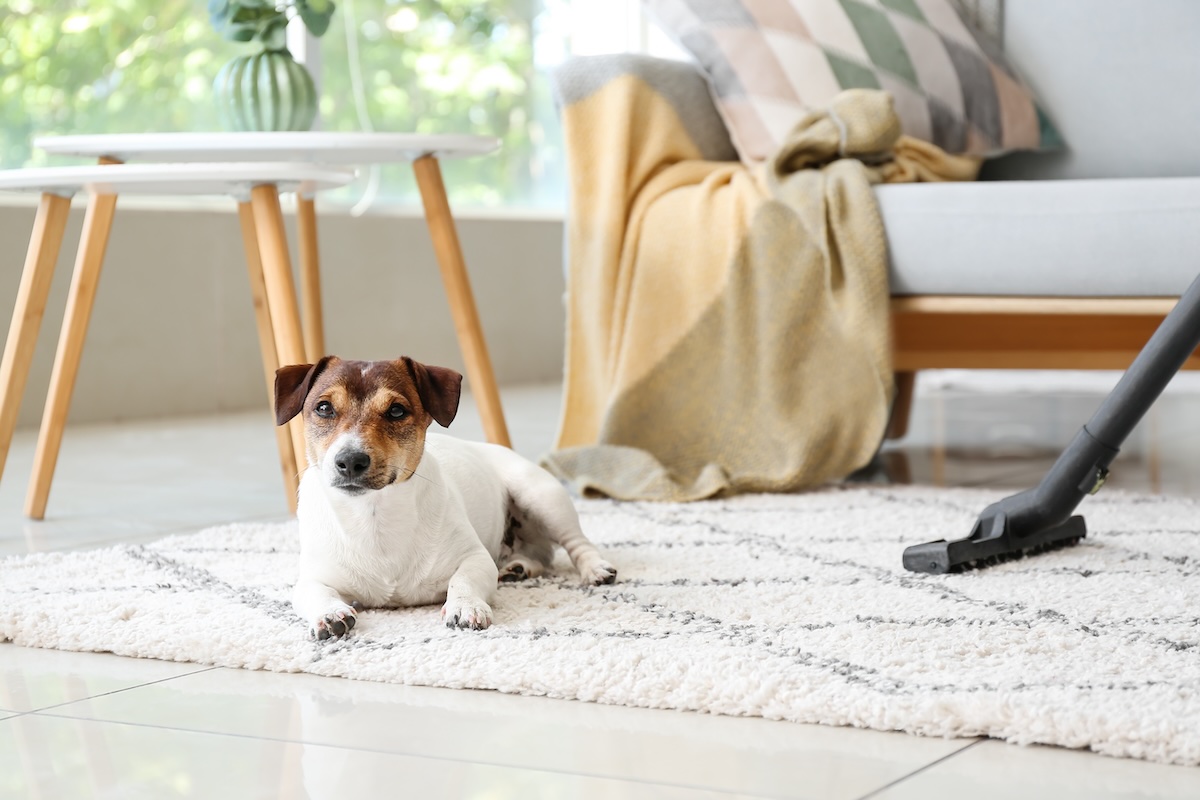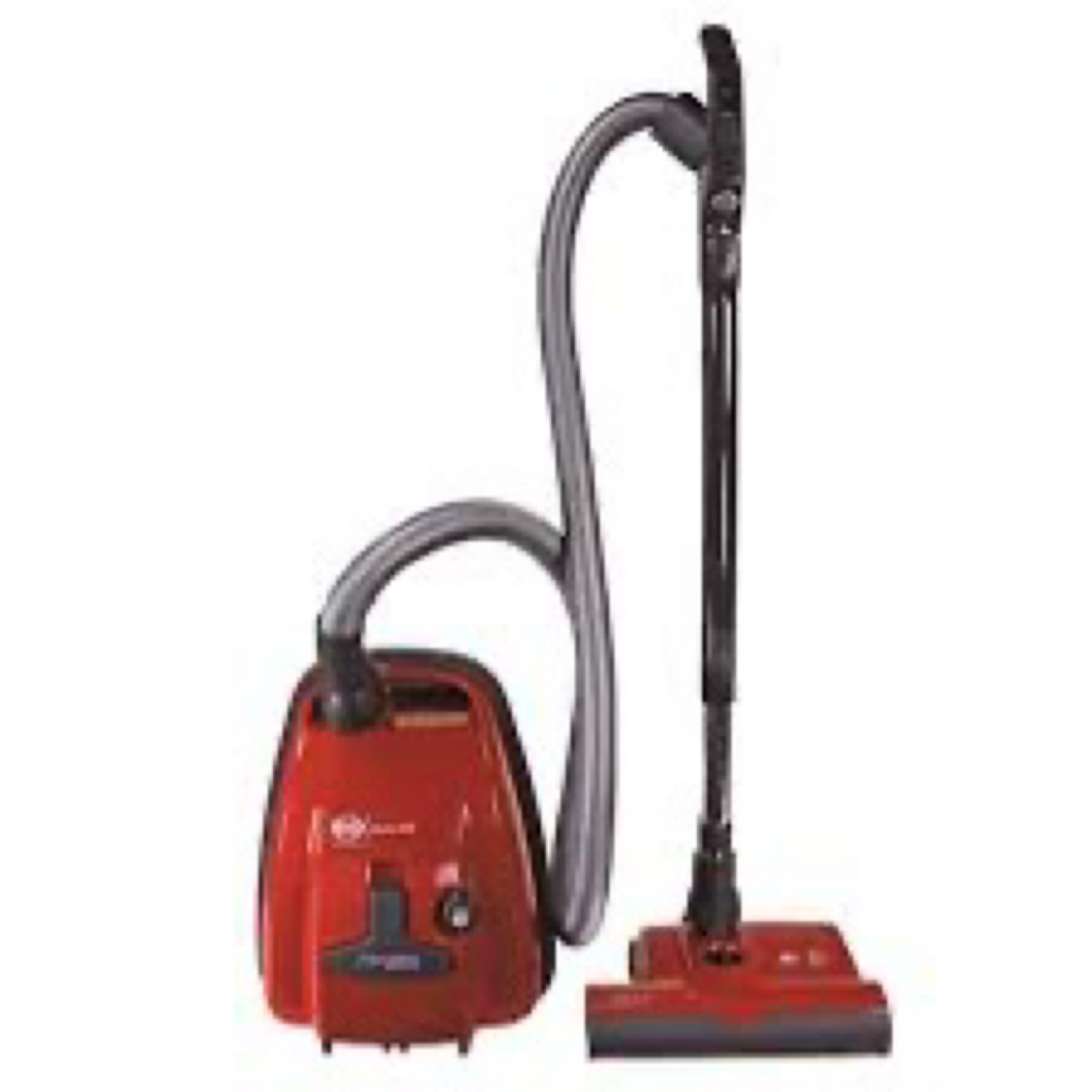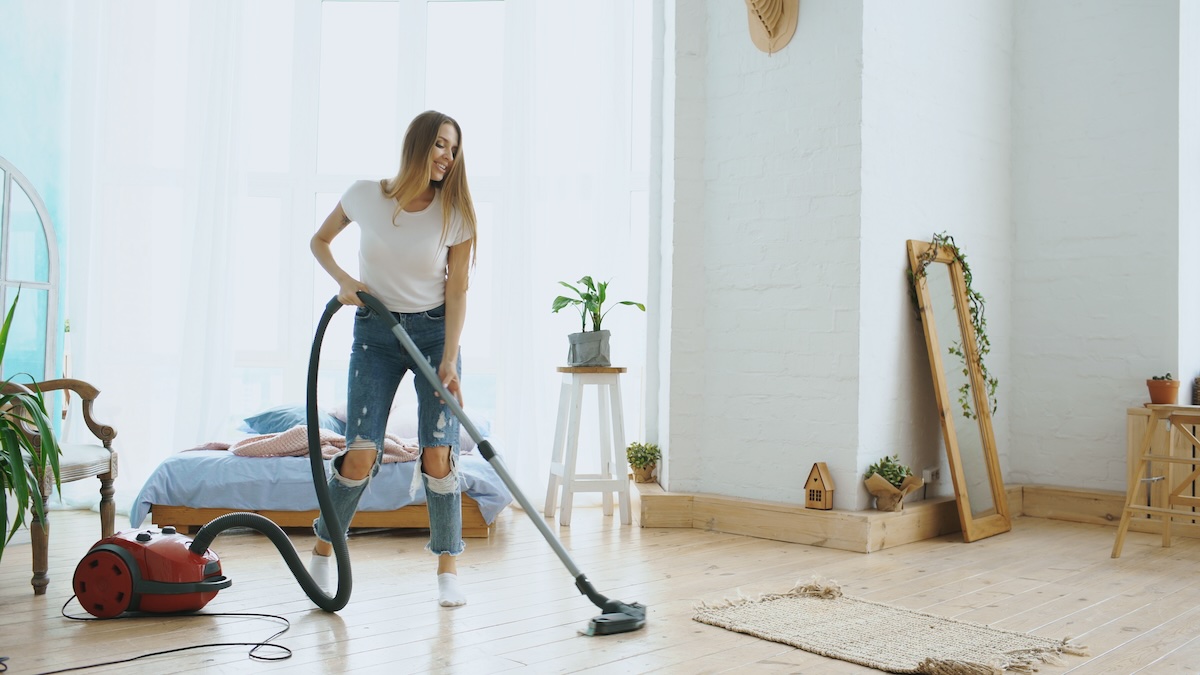Finding the Best Vacuum for Hardwood, Carpet, and Tile—Without Settling for Mediocre Machines
Finding a truly great vacuum isn’t as easy as most big-box stores—or a certain flood of “best vacuum cleaner” lists—would like you to believe. You can’t just grab whatever is on sale at Target and expect it to deep-clean your carpets, protect your hardwood, and handle tile without flinging debris everywhere.
The best vacuums—the ones built to last, perform consistently, and truly improve the air quality in your home—don’t usually sit on the same shelves as disposable plastic appliances that break in a couple years. And despite what a dozen nearly-identical review articles might try to tell you, the best vacuums aren’t just whichever models happen to get the best commission payouts at Amazon. So if you’re here, you’re looking for something better. Maybe you need a vacuum powerful enough to pull fine dust and allergens from deep in your carpet fibers. Maybe you need something powerful that won’t scratch your hardwood. Or maybe you’re just sick of cheap vacuums burning out their motors.
If any of these are the case, stay tuned—Today, we’re going to take a look at some of the best vacuum cleaners for multiple surfaces—hardwood, carpet, and tile.
Vacuuming Different Types of Flooring: What Matters Most?
Hardwood Floors
Hardwood floors might seem easy to clean, but the wrong vacuum can do more harm than good. Unlike carpet, where debris gets trapped in fibers, dust and dirt sit on the surface of hardwood, making them highly visible and prone to scattering.

The biggest concerns when vacuuming hardwood are scratch prevention, fine dust removal, and avoiding debris scatter.
- Soft Wheels and No-Beater Bar Mode
Many lower-end vacuums have stiff plastic wheels that can leave marks on hardwood or fail to glide smoothly, causing jerky movement. A high-quality vacuum should have rubberized or felt-lined wheels to prevent scratches. Similarly, a motorized brush roll (which is essential for carpets) can be too aggressive for hardwood, potentially scuffing the finish. Vacuums designed for mixed flooring should have a brush roll shutoff or a dedicated soft brush roll for wood floors. - Debris Pickup Without Scatter
One of the most frustrating issues with cheap vacuums on hardwood is debris scatter—where dirt, sand, or even pet hair gets pushed around instead of getting sucked up. This happens when a vacuum’s airflow isn’t properly controlled or if the floorhead has large gaps, allowing particles to be blown away before they can be collected. Premium brands like Miele, Sebo, and Riccar design their floorheads with precision, ensuring dirt goes into the vacuum instead of across the room. - Sealed Filtration for Fine Dust
Hardwood floors don’t trap dust like carpets do, meaning fine particles stay airborne longer. This makes filtration critical—otherwise, you’re just kicking up dust that will settle again later. A vacuum with HEPA filtration and a fully sealed system will trap fine particles inside the bag or bin rather than recirculating them into the air. Miele’s bagged canisters, for example, excel at this, ensuring better indoor air quality while cleaning.
For homeowners with high-end hardwood flooring, investing in a vacuum that protects the finish, controls airflow, and captures fine dust isn’t just about cleanliness—it’s about preserving the integrity of the floors for years to come.
Carpet
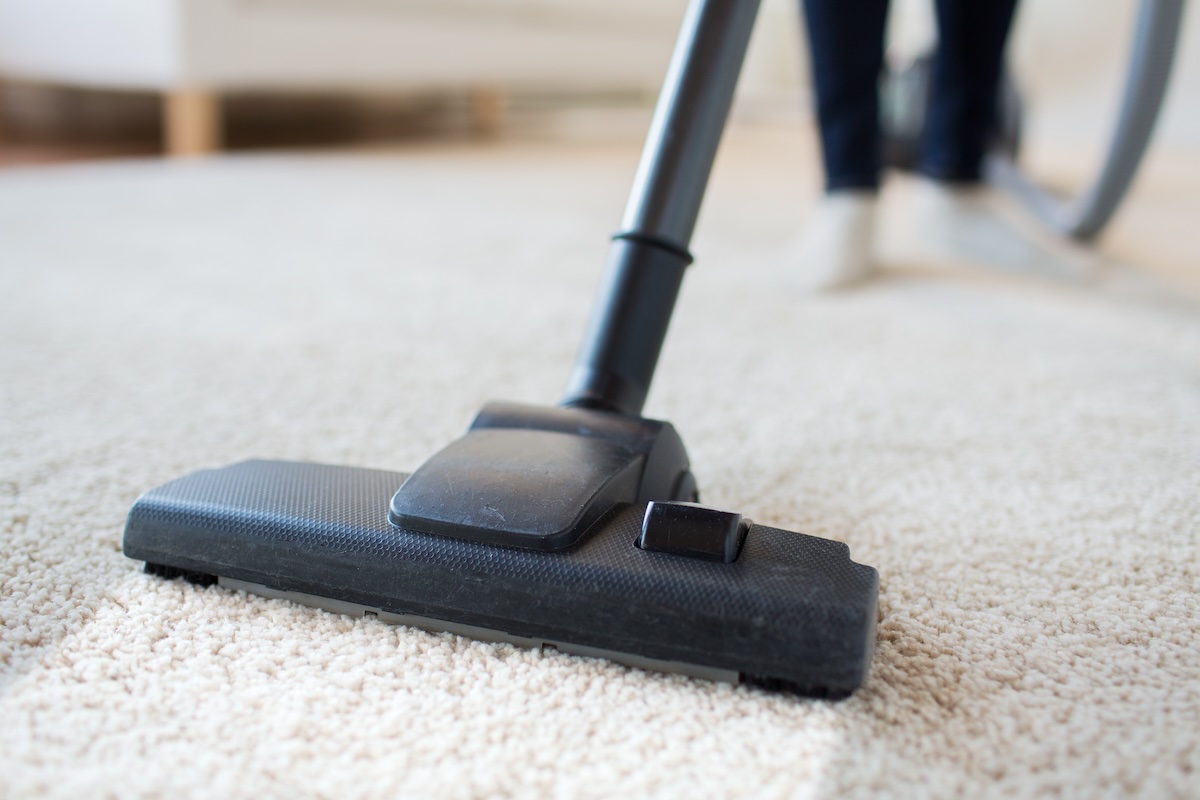
Vacuuming carpet isn’t just about picking up all the surface debris—the real challenge is removing deeply embedded dirt, dust mites, and allergens. Cheap vacuums may pick up visible debris, but they often leave behind finer particles that degrade the fibers and contribute to indoor air pollution. The best vacuums for carpet excel in suction power, brush roll engineering, and airflow efficiency.
- Strong Suction, But Not Just Any Suction
Raw suction power matters, but it’s not the whole story. A vacuum with deep-cleaning airflow dynamics pulls dirt from the base of the carpet fibers rather than just lifting loose debris on the surface. This is where models like the Riccar Tandem Air R30 shine—its dual-motor system creates focused suction beneath the carpet’s surface, pulling up fine dust and debris that other vacuums miss. - A Brush Roll That Agitates Without Damaging
A vacuum’s brush roll is essential for loosening dirt trapped in carpet fibers. However, not all brush rolls are created equal. Too soft, and it won’t dig deep enough. Too stiff, and it can damage delicate wool or high-pile carpets. The best high-end vacuums offer adjustable height settings or variable brush roll speeds, allowing for customization based on carpet type. Sebo’s Automatic X7, for instance, uses electronic height adjustment to adapt on the fly, ensuring optimal agitation without excessive wear. - Filtration That Captures (Not Redistributes) Allergens
Carpet traps more dust, dander, and allergens than any other flooring type. If your vacuum doesn’t have a properly sealed system, it will exhaust fine particles back into the room. HEPA filtration, combined with a sealed design, prevents this. Riccar, Miele, and Sebo all prioritize high-quality filtration, ensuring that what gets picked up stays inside the vacuum.
A well-designed carpet vacuum should extract deeply embedded dirt without damaging fibers while maintaining clean indoor air quality. If a vacuum can’t do that, it’s just pushing debris around rather than truly cleaning.
Tile Flooring
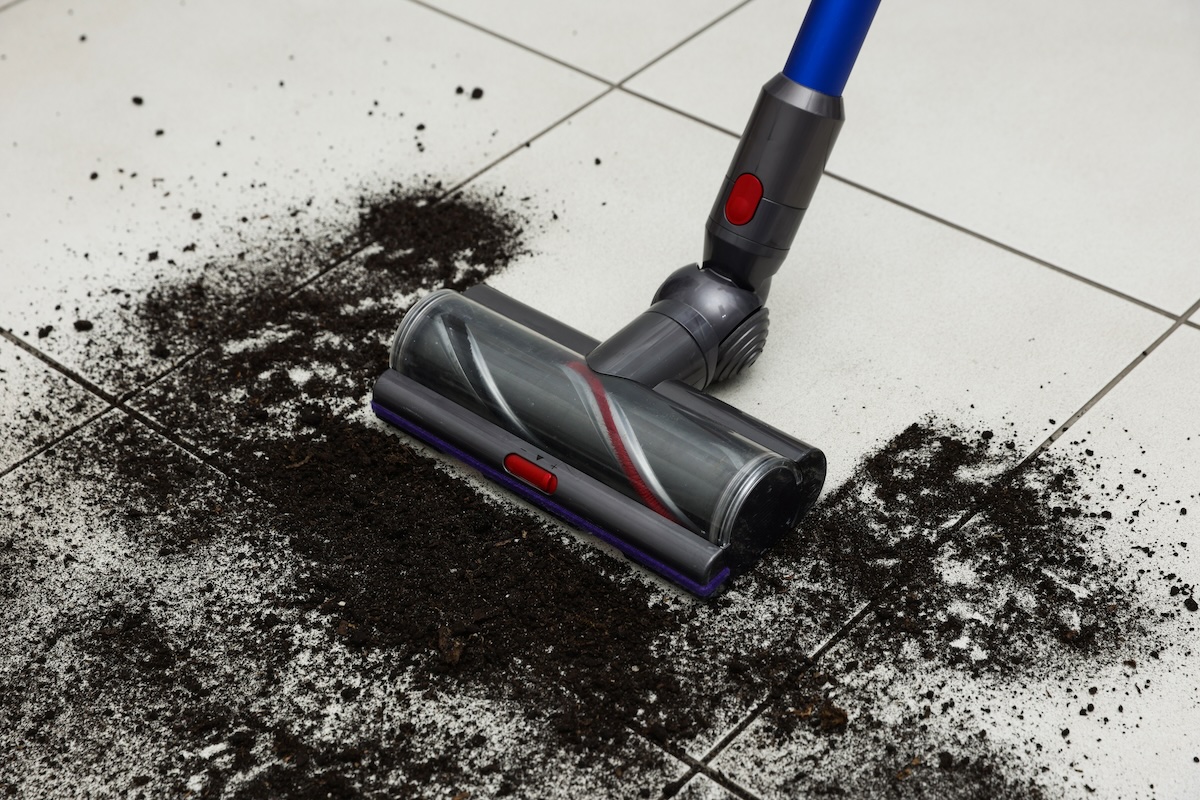
Tile floors are deceptively tricky to clean with a vacuum. Unlike hardwood, which has a smooth continuous surface, tile and grout lines introduce gaps where dirt can settle. This means that vacuums need strong suction, proper airflow design, and a well-sealed floorhead to pick up dirt efficiently without kicking it into the air.
- Suction Strength for Debris in Grout Lines
Tile floors have a mix of smooth surfaces and recessed grout lines, which can trap fine dust and debris. Many vacuums struggle with pulling dirt from grout because their suction isn’t concentrated enough. A high-quality canister vacuum like the Miele C3 or Guard M1 provides adjustable suction levels to maintain strong airflow while keeping the vacuum easy to maneuver. - Avoiding the ‘Snowplow Effect’
A common frustration with cheap vacuums on tile is the “snowplow effect”—where larger debris like pet food, leaves, or crumbs gets pushed around instead of sucked up. This happens when a vacuum’s floorhead doesn’t create the right seal with the floor. The best vacuums for tile use rubberized squeegee-like strips or specialized hard floor attachments to channel debris into the suction path rather than pushing it forward. - Controlling Fine Dust and Preventing Residue
Tile surfaces don’t trap fine dust the way carpet does, meaning airborne particles can settle back onto the floor after vacuuming. A sealed HEPA filtration system prevents this by capturing fine dust before it has a chance to escape. Central vacuums like CycloVac are excellent for this, as they vent the exhaust completely outside the home, ensuring no fine dust is recirculated indoors.
For homeowners with large areas of tile, investing in a vacuum that effectively removes debris from grout lines, prevents scatter, and maintains clean indoor air will make a noticeable difference in how fresh and dust-free the space feels.
What Makes a Vacuum Effective on Multiple Surfaces?
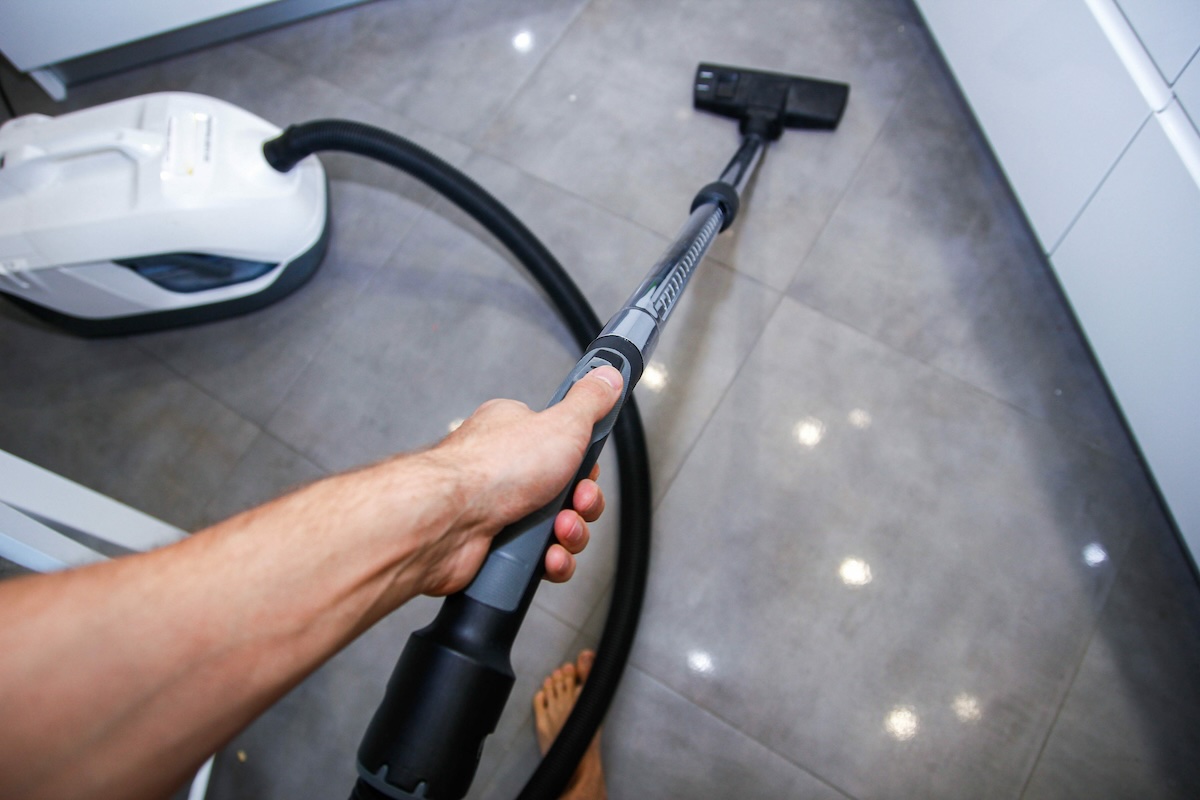
Most vacuums on the market are fine on one type of flooring, and mediocre on others. Some are outstanding on carpet, but too aggressive for hardwood. Others do well on tile, but can’t deep-clean the rug a few feet away.
A truly excellent multi-surface vacuum needs three key features:
- Adjustable suction & brush roll control – Hardwood and tile don’t need an aggressive spinning brush, but carpet does. The best vacuums let you adjust for both.
- Strong sealed filtration – Fine dust gets kicked up when vacuuming different surfaces. A sealed system (often with HEPA filtration) ensures you’re not just blowing allergens back into the air.
- Smart floorhead design – A well-engineered floorhead prevents scattering debris on hard floors and digs deep into carpets. Cheap vacuums cut corners here, while premium brands get it right.
Now, let’s look at the best of the best.
Best Vacuums for Hardwood, Carpet, and Tile
1. Miele Complete C3 – The Best Canister Vacuum for All Floors
If you want a vacuum that does everything well, the German-engineered Miele Complete C3 series is hard to beat. Miele is known for its meticulously-designed machines, and the C3 lineup is built like a tank—quiet, powerful, and designed to last 20+ years.
Note: Recently, Miele introduced the new Guard series, which appears to be a successor to the C3. While early reports suggest the Guard M1 and L1 maintain Miele’s legendary performance, the C3 continues to be a proven choice with a long track record of excellence.
Why It’s Great for All Floors:
- The electrically powered floorhead (on models like the C3 Cat & Dog or Marin) can handle thick carpets just as well as delicate hardwood.
- A separate parquet floorhead glides effortlessly over wood and tile, picking up debris without scratching.
- Fully sealed filtration with HEPA keeps dust, pet dander, and allergens inside the vacuum, not floating around your home.
Downsides:
- Canister vacuums aren’t for everyone. If you prefer an upright, this may feel clunky.
- Not cheap. Expect to pay $900-$1,500 for the best models.
📌 Best For: Those who want a long-lasting, high-filtration vacuum with the best possible cleaning performance on both hard floors and carpet.
2. Sebo Automatic X7/X8 – The Best Upright Vacuum for Mixed Flooring
Sebo is another German brand that doesn’t cut corners, and their Automatic X7 (standard) and X8 (wider version) are powerhouse upright vacuums that handle hardwood, carpet, and tile seamlessly.
Why It’s Great for All Floors:
- Automatic height adjustment—it senses floor changes and adapts the brush roll instantly. No manual adjustments needed.
- A sealed HEPA system ensures ultra-clean air—great for allergy sufferers.
- The brush roll automatically shuts off when needed to protect hardwood and delicate rugs.
Downsides:
- Heavier than some uprights (though it self-propels well).
- Less nimble than a canister vacuum in tight spaces.
📌 Best For: People who want a no-nonsense, powerful upright that’s easy to use and built to last a decade or more.
3. Riccar Tandem Air R30 – The Best High-Suction Upright Vacuum
Riccar isn’t as globally-known as Miele or Sebo, but they are an American vacuum brand, designed and assembled in the USA, that makes some of the highest-performing vacuums you’ll find for sale in the United States. The Tandem Air R30 combines two motors for ridiculous suction power, making it one of the most effective deep-cleaning uprights available.
Why It’s Great for All Floors:
- The Tandem Air system gives it stronger suction than most other uprights, digging deep into carpet while still handling hard floors.
- Metal components in key areas make it more durable than plastic-heavy competitors.
- Excellent sealed HEPA filtration keeps fine dust and allergens from escaping.
Downsides:
- Heavier than Sebo or Miele uprights.
- Expensive (but built to last).
📌 Best For: Those who want maximum suction power in an upright vacuum, with premium build quality.
4. CycloVac Central Vacuums – The Ultimate Whole-Home Solution
If you’re looking for the most powerful, longest-lasting vacuum option, central vacuums are worth considering. CycloVac is a Canadian brand that makes some of the best central vacuum systems, which connect to in-wall tubing for easy, whole-home cleaning.
Why It’s Great for All Floors:
- The main vacuum unit stays in the garage/basement, so you only carry a lightweight hose & attachment.
- Massive suction power—far stronger than any portable vacuum.
- Perfect for multi-surface cleaning since you can choose different attachments for hardwood, carpet, and tile.
Downsides:
- Installation required. It’s a commitment.
- Higher upfront cost, but saves money long-term (fewer repairs, no need to replace a vacuum every few years).
📌 Best For: Homeowners who want the most powerful and convenient vacuum system possible.
The Bottom Line
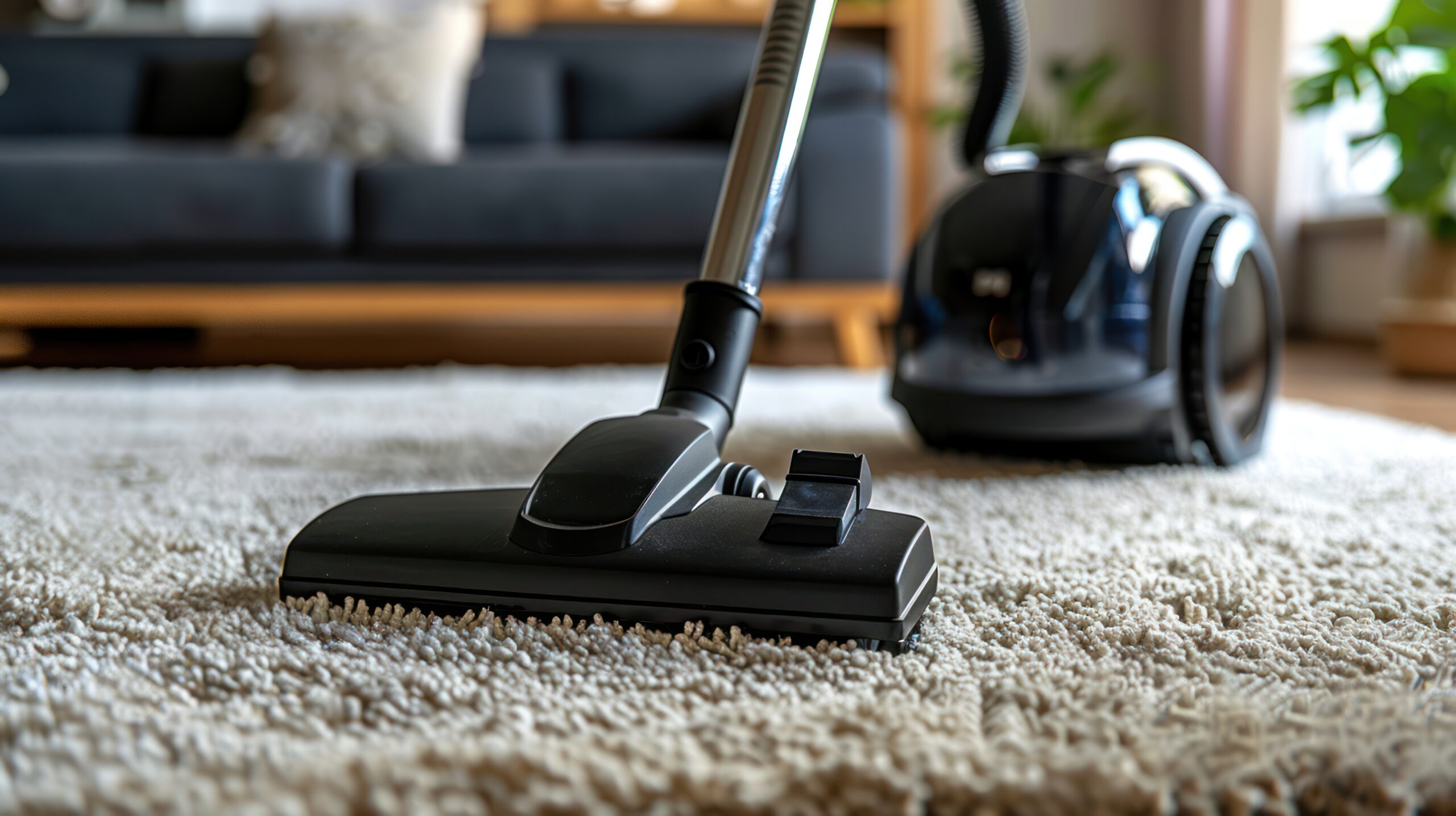
All of these machines are high-end vacuum cleaners built to last, so the best choice comes down to your home setup and preferences:
- Want the most versatile all-in-one vacuum? → Miele Complete C3
- Prefer an upright with auto-adjusting power? → Sebo Automatic X7/X8
- Need extreme suction and deep-cleaning power? → Riccar Tandem Air R30
- Looking for a whole-home, built-in vacuum solution? → CycloVac central vacuums
Upgrading to a high-performance vacuum means more than just better cleaning—it’s about reliability, cleaner air, and a machine built to perform for decades or longer. A well-made vacuum does the job right, without the frustration of constant clogs or breakdowns.
Investing in a well-built vacuum means getting better cleaning performance, healthier indoor air, and a machine that won’t need replacing every few years. Whether you go with a powerful upright, a versatile canister, or even a central vacuum system, choosing quality makes a huge difference in the long run.

